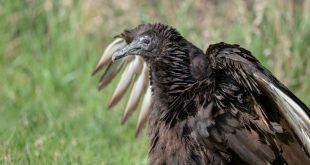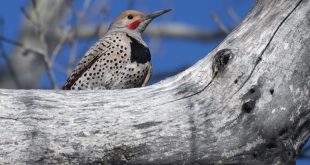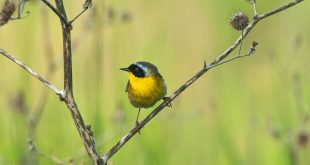Last weekend, Melissa Panella, a fellow NGPC biologist, and I took the long drive from Lincoln to East Ash Creek Canyon in the Pine Ridge, southeast of Chadron. We were on a mission to find an American Three-toed Woodpecker. This species is a major rarity for Nebraska and major rarities are always a source of excitement. We hiked through the canyon for a mile or two and, as though we had inside information, we found the bird! We were afforded some great views, and I even captured some decent video of this special bird.
So what is all the fuss? American Three-toed Woodpeckers have only been recorded in Nebraska on two other occasions prior to 2014, so this is the first chance most birders have had to see this species in the state. This species typically occurs in montane forests in western North America and boreal forests of the far north. Most of its range is some distance from Nebraska’s borders. However, small numbers inhabit the Black Hills of South Dakota.
So why is an American Three-toed Woodpecker in Nebraska now? This species is associated with fire. Specifically, they are attracted to forest burns where dead trees remain standing. Why? One reason these woodpeckers like dead and recently burned trees is because insects also are attracted to them and will lay their eggs on and under the bark. Eggs turn into larvae, which is prime woodpecker food, and there can be an abundance of food in these situations. Dead limbs and trees are also good places where a woodpecker can excavate cavities for nesting. Many will remember that there were historic fires in the Pine Ridge during the summer of 2012. While the fires were certainly destructive, such natural events become opportunities for species like the American Three-toed Woodpecker.

So how did we know there was an American Three-toed Woodpecker in the state and specifically know where it was? Well, we benefited from the efforts of other birders. This summer, Rocky Mountain Bird Observatory personnel were conducting bird monitoring on Forest Service properties in the Pine Ridge. Jeff Birek was fortunate to discover a male American Three-toed Woodpecker in East Ash Creek Canyon. This one male, or possibly another, was later relocated by Nancy Drilling and then, subsequently, by Steve Dinsmore. During the weekend of 18-19 October, a group of birders that included Mark and Ed Brogie, Bill Huser, Dave Stage, and Bob Livermore made a quest to find this species. Unfortunately, they did not find the male woodpecker. Fortunately, they discovered a female American Three-toed Woodpecker. So with at least two birds, one each of the opposite sex, it seem plausible that breeding may occur in Nebraska in the future.

Non-birders may be wondering about this bird species’ name. Three-toed Woodpecker? Most birds and most woodpeckers have four toes. Most birds have three front toes and one hind toe. Most woodpeckers have two front and two hind toes. The American Three-toed Woodpecker evolved and has lost a toe over time. The absence of the fourth toe is believed to help birds of this species strike bark with more intensity. The trade-off is, however, that it may loose a step in mobility. Life is all about trade-offs.
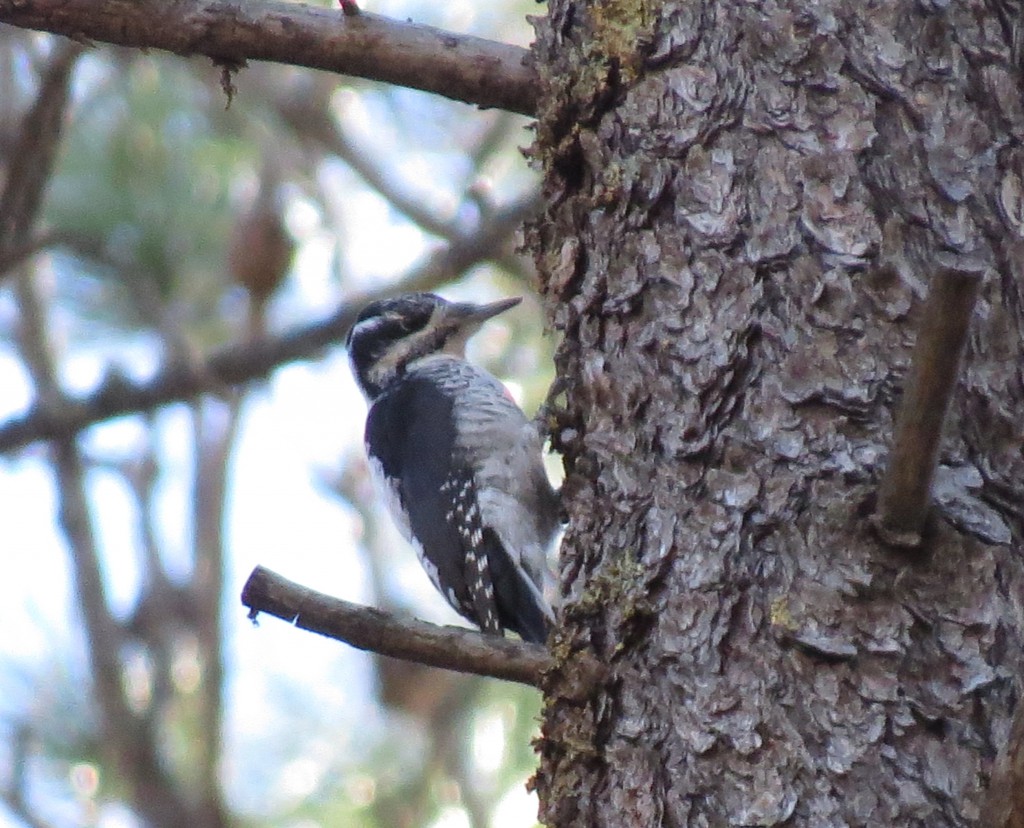
More proof birds are cool.
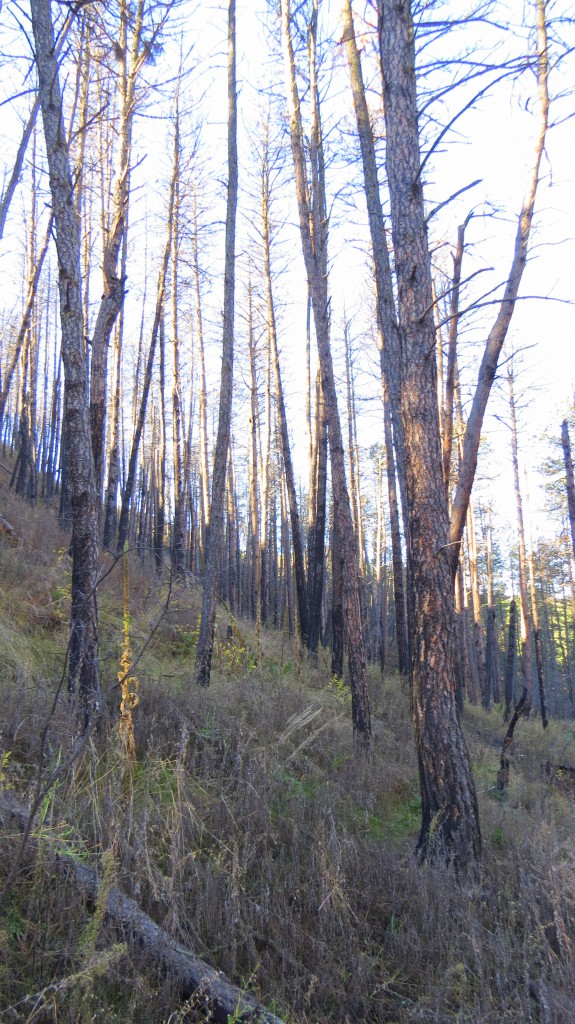
 Nebraskaland Magazine
Nebraskaland Magazine

